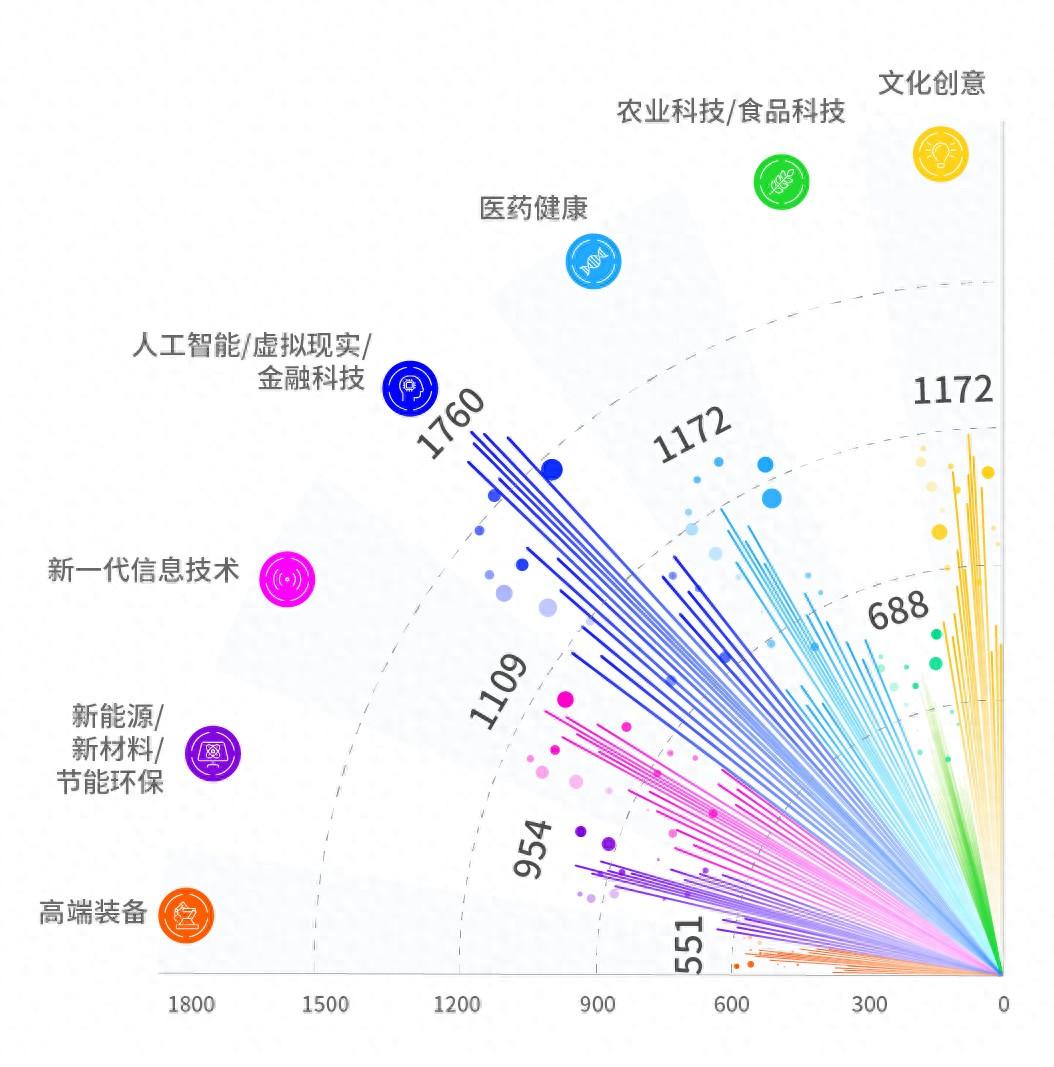通过本章教程,介绍一款名为lev00的软件,这款软件可以十分方便的处理电荷密度(CHGCAR)。侯柱峰老师已经在教程里详细描述了软件的安装方法及数据处理方法,我们这里主要进行简单的概述。
对于lev00的功能进行简要的介绍,由于软件没有中文说明书,为了避免误导读者,直接将英文原文粘贴到此处:
- DOS/LDOS applications (presently works only for VASP and old CASTEP3.1):
- plot of the total and projected DOS for various choices of groups of states (or for the whole set of those) using the method of tetrahedra; one can preview several curves at the time for different choices of groups of states; this last option has proven to be useful for the identification of peaks in the LDOS;
- the DOS/LDOS can be smeared out by a Gaussian; this can be done either analytically or numerically;
- there is also a possibility to play around with various dispersions for the Gaussian smearing and compare DOS calculated with them at the same time; this helps to select the correct dispersion for smearing.
- Charge/spin/partial densities (presently works fully for VASP and old CASTEP; however, most of the density related options work for SIESTA as well):
- plot of charge/spin densities or partial charge densities in the cell along a line (1-dimensional) or in a plane (2-dimensional)
- explore the charge density: it seeks peaks and gives their positions in the space of the cell, heights, amount of charge involved, etc.; this has been proved to be especially useful for studying partial charge densities or wave functions for particular states in the direct space which were thought to be responsible for particularly interesting features in the LDOS;
- integration of the (partial) charge densities over a set of spheres of given radii; this allows you to gain an idea about the chemical nature of bonding in the system, charges on atoms, etc.; note that spheres may overlap so that you can construct a quite sophisticated region in space to study the density!
- one can cut out parts of the density, simulate it by point charges; this may be useful if a complimentary calculation is to be done (e.g. a Coulomb correction, polarisation calculation for a defect outside the cell, etc.)
- dipole and quadrupole moments of the cell (useful, frankly, only for molecules, or any densities that go to zero at the border of the cell)
- a density file in a Cube format that allows one to plot nice surfaces of constant density using e.g. gOpenMol
- construction of a general linear combination of two charge densities; for example, one can subtract one density from another;
- recalculation of the charge density with respect to a new position of the coordinate system (shift); this is necessary if the ground state calculation charge density has been obtained for a lower symmetry position of the coordinate system3.2, while e.g. for the DOS one has to do the band-structure calculation with as high symmetry as possible to reduce the number of $\mathbf{k}$-points. Instead of repeating the ground state calculation for the new choice of the coordinate system, it is possible here to recalculate and then save the electronic density for the new position prior to the band-structure run of the DFT code. This would save one ground state calculation.
- the total Coulomb potential (including the electronic part3.3) across the cell: plotting
Si的立方晶胞以及Si(1-10)面的电荷图
侯老师教程中是以Si的电荷密度为例子来说明的。首先要计算Si的电荷密度,计算完成后,将NCAR, KPOINTS, POSCAR, OUTCAR, CHGCAR和CHG文件保存起来,然后就可以用lev00来处理电荷密度了。lev00处理之后会得到test.gnu,test.dat和out.dat_1文件,可以通过gnuplot和origin软件对test.dat和out.dat_1文件画图。上图所示即为gnuplot所画的电荷密度图。【资源之家】每日免费更新最热门的副业项目资源





